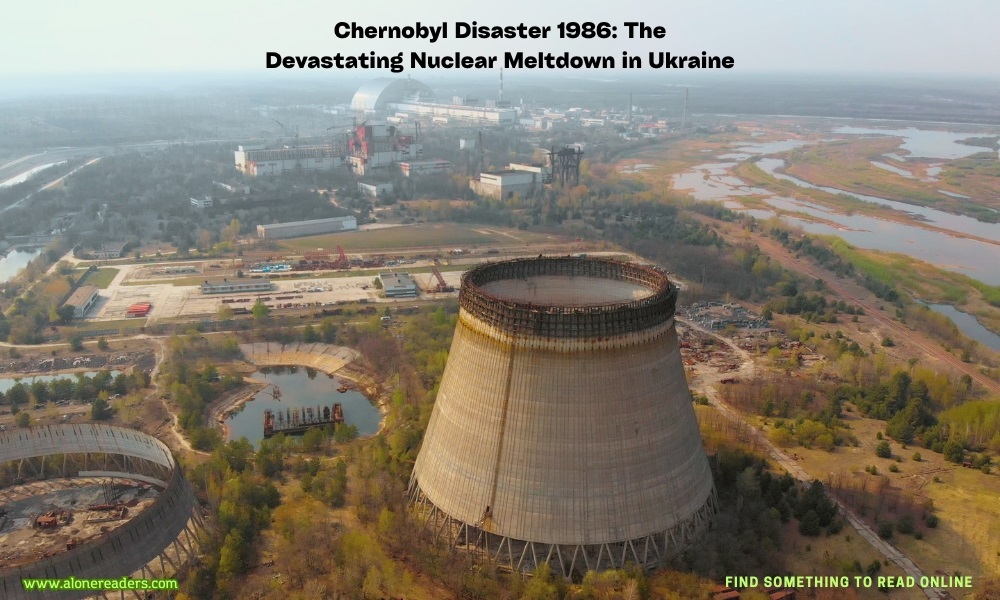
On April 26, 1986, the world witnessed one of the most catastrophic events in the history of nuclear energy when a reactor at the Chernobyl Nuclear Power Plant in Ukraine exploded. This event not only marked the worst nuclear disaster in history but also a significant environmental catastrophe that had a profound impact on the lives of thousands of people and the natural environment.
The Chernobyl disaster occurred during a late-night safety test in Reactor 4 of the plant, located near Pripyat, Ukraine, then part of the Soviet Union. The test was intended to simulate a power outage to ensure the reactor could safely shut down until backup generators were operational. However, due to a combination of reactor design flaws and operator error, an uncontrollable reaction occurred, leading to a massive explosion and fire that released large quantities of radioactive isotopes into the atmosphere.
The immediate aftermath of the explosion was disastrous. Two plant workers died on the night of the explosion, and several more succumbed to acute radiation sickness in the following weeks. The radiation released was hundreds of times more than that emitted by the atomic bombs dropped on Hiroshima and Nagasaki.
The Soviet government initially attempted to conceal the magnitude of the disaster. It was only after elevated radiation levels were detected in Sweden and other parts of Europe that the full scale of the event began to emerge. This delay in acknowledgment and the initial lack of transparency from the Soviet authorities exacerbated the impact of the disaster.
Evacuation began more than 36 hours after the accident. About 49,000 people were evacuated from Pripyat the day after the explosion, and later, the evacuation zone was extended to a 30-kilometer radius, impacting about 116,000 people. However, the long-term health effects, including cancer, birth defects, and other illnesses, affected hundreds of thousands more throughout the affected regions.
The environmental impact of the Chernobyl disaster was severe. The radioactive fallout contaminated large areas of Europe, particularly hitting hard the three closest countries: Ukraine, Belarus, and Russia. Vast territories were rendered uninhabitable, leading to the creation of the Chernobyl Exclusion Zone, a 30-kilometer radius surrounding the plant where public access and habitation are restricted.
The response to the disaster involved over 500,000 workers, including plant operators, firefighters, soldiers, and miners, many of whom were exposed to dangerous levels of radiation. These individuals, often referred to as "liquidators," played a crucial role in containing the disaster but at great personal health costs.
In terms of containment, a concrete sarcophagus was initially built around Reactor 4 to contain the spread of radiation. Decades later, in November 2016, an enormous steel structure known as the New Safe Confinement was placed over the sarcophagus to further limit the release of radioactive material into the atmosphere and allow for the eventual dismantling of the old structure.
The Chernobyl disaster had a lasting impact on nuclear policy worldwide, prompting a reevaluation of nuclear safety standards and emergency response strategies. The incident severely undermined public trust in nuclear power, leading to significant changes in energy policies across the globe, with some countries reducing their reliance on nuclear energy or phasing out their nuclear power plants entirely.
Despite the tragic events, Chernobyl has also become a focus of scientific research and environmental recovery. Studies of wildlife and ecology in the exclusion zone have provided valuable data on the environmental and biological effects of nuclear disaster and radiation exposure. Surprisingly, the exclusion zone has turned into a kind of accidental nature reserve, with wildlife flourishing in the absence of human habitation, albeit amidst lingering radioactive contamination.
As we reflect on the Chernobyl disaster, it remains a potent reminder of the potential hazards of nuclear power when combined with inadequate safety measures and human error. It underscores the importance of stringent safety protocols, transparent governmental communication, and international cooperation in nuclear energy management to prevent future catastrophes. The legacy of Chernobyl continues to influence debates about energy policy and nuclear safety, serving as a stark warning of the risks associated with this powerful but potentially dangerous energy source.